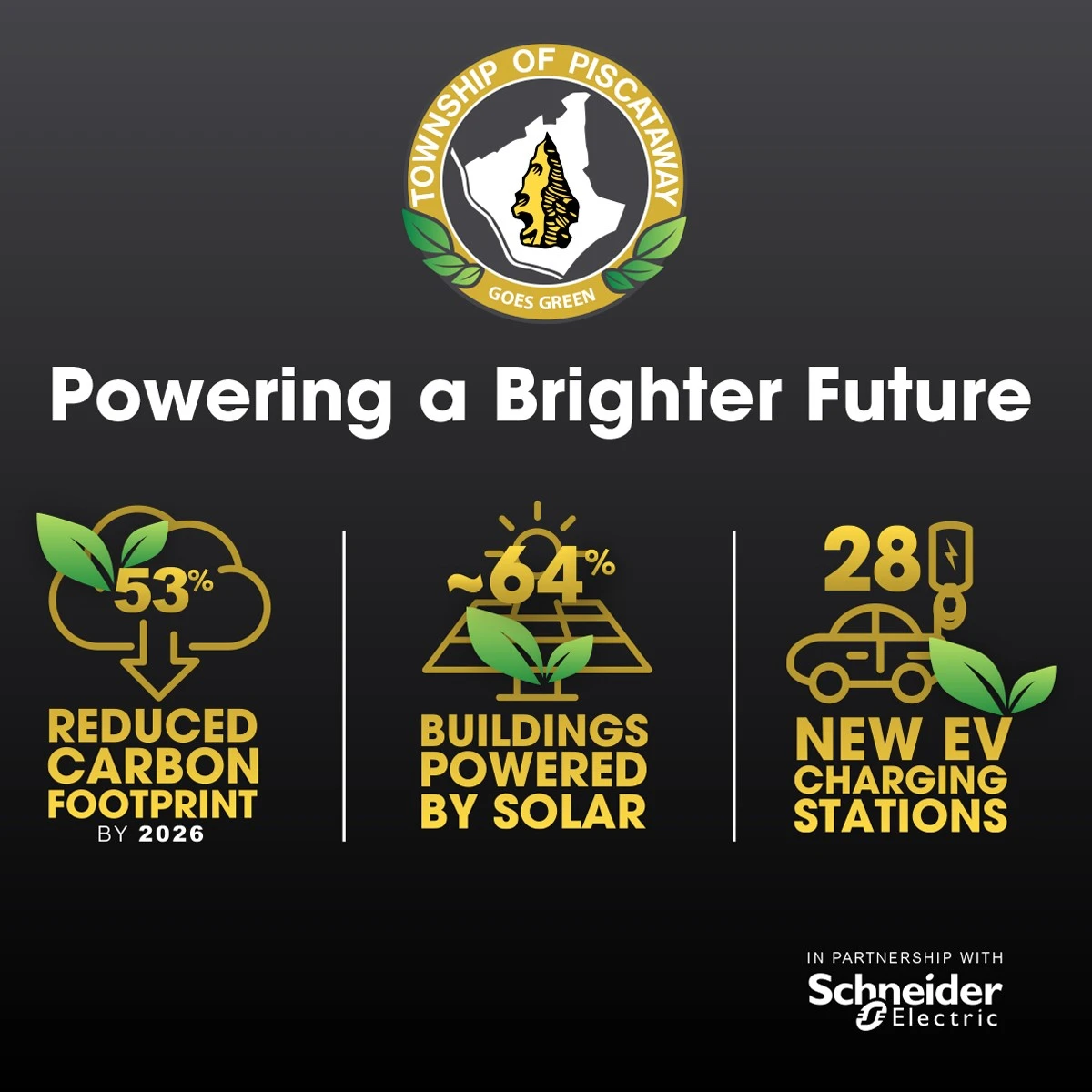Sustainability isn’t just about regulatory compliance; it’s a gateway to business growth.
In today’s dynamic business environment, sustainability has evolved far beyond a checkbox for regulatory compliance. For forward-thinking companies, it’s a strategic lever for innovation, operational efficiency, and long-term resilience. In fact, a report from Bloomberg reported that, “71% of business leaders globally believe that no investment decisions will be made without considering sustainability in the near future.” The question stands; is your company considering sustainability for business growth?
When used effectively, sustainability data can unlock cost savings, streamline operations, and strengthen brand loyalty across a diverse range of stakeholders.
Yet, many organizations still treat sustainability as a burden, something they must do rather than something they get to do. This mindset limits the potential of sustainability to drive meaningful business transformation.
So how do we shift this perspective—from obligation to opportunity? How can you position your company as an emerging leader in sustainability?
- Engage Leadership
Change starts at the top. When senior leaders promote sustainability as a driver of growth instead of just a way to manage risk, it sends a powerful message throughout the organization. When the C-suite frames sustainability as a strategic advantage, it becomes embedded in the company’s culture and decision-making.
Moreover, leadership involvement helps secure the resources and cross-functional collaboration needed to drive meaningful progress. Whether it’s investing in new technologies, supporting employee training, or setting ambitious targets, leaders who champion sustainability create the conditions for long-term success.
To truly lead by example, executives should regularly communicate progress, celebrate wins, and be transparent about challenges. This builds trust and reinforces the message that sustainability is not just a trend, but a strategic priority.
- Demonstrate Value
Results speak louder than intentions. Showcasing clear business cases with measurable return on investment proves that sustainability is not only the right thing to do, but also the smart thing to do. When teams see how sustainable practices lead to cost savings, innovation, and competitive advantage, the mindset shifts from “we have to” to “we would be missing out if we didn’t.”
For example, decarbonization is often viewed as a long-term environmental goal, but it also has immediate financial benefits. According to the article “Waiting to Decarbonize Is Costing Your Business”, delaying action can lead to higher long-term expenses. Companies that act early can reduce operational costs through energy efficiency, gain cost predictability by switching to renewable energy, and improve their brand reputation among customers and employees.
Improvements like upgrading equipment, optimizing maintenance, and using smart energy management tools can significantly lower utility bills. In addition, renewable energy contracts can stabilize energy costs, making financial planning more reliable and attractive to investors.
By highlighting these tangible benefits and sharing real-world examples, organizations can make a strong case for sustainability as a smart business decision.
- Reframe Language
The words we use shape how we think. The term “compliance” suggests cost and obligation, while “opportunity” suggests investment and reward. By using language like efficiency, resilience, and competitive edge, sustainability becomes something employees can support and feel proud of.
Zeigo’s glossary of key sustainability terms highlights just how important language is in this space. Terms like carbon neutrality, renewable energy, and carbon footprint are not just buzzwords. They represent actionable strategies that help businesses reduce risk, improve transparency, and build long-term value. Understanding and using this vocabulary empowers teams to engage more confidently with sustainability goals and to see them as part of a broader business strategy.
By demystifying sustainability language and making it more accessible, organizations can foster a culture where sustainability is more widely understood and is viewed as a smart investment rather than a regulatory hurdle.
- Reward Practices
People naturally focus on what is recognized and rewarded. To embed sustainability into company culture, organizations must create systems that acknowledge and incentivize sustainable actions at every level.
Recognition can take many forms. Formal programs such as sustainability awards, performance bonuses tied to environmental goals, or internal competitions can motivate teams to go above and beyond. Informal recognition, like shout-outs in team meetings or spotlighting success stories in internal newsletters, can also be powerful motivators.
In addition to individual recognition, team-based rewards can foster collaboration and innovation. For example, cross-functional teams that work together to reduce waste, improve energy efficiency, or develop sustainable products can be celebrated for their collective impact.
It’s also important to align sustainability incentives with broader business metrics. The sustainability goals that are integrated into performance reviews, KPIs, and strategic planning, become part of how success is measured. This alignment ensures that sustainability is not seen as extra work, but as a core part of how the organization operates and grows.
By consistently rewarding sustainable behaviors, companies reinforce their commitment and create a culture where doing the right thing is also the smart thing.

So what happens when leaders at the top of organizations take bold steps towards sustainable solutions? See how a company in New Jersey implemented a resilient plan to “go green” in their municipal development.
Read the story hereThe takeaway is simple.
Sustainability is not a side task. It is a core business strategy. When we shift our mindset from obligation to opportunity, we unlock the full potential of sustainability to drive innovation, resilience, and growth.
Looking for a place to start?
To reduce your environmental impact, it’s necessary to address your Scope 1 and Scope 2 carbon footprint. If you’re facing pressure to decarbonize, Zeigo Hub software will accelerate your efforts to respond with plans and progress.
